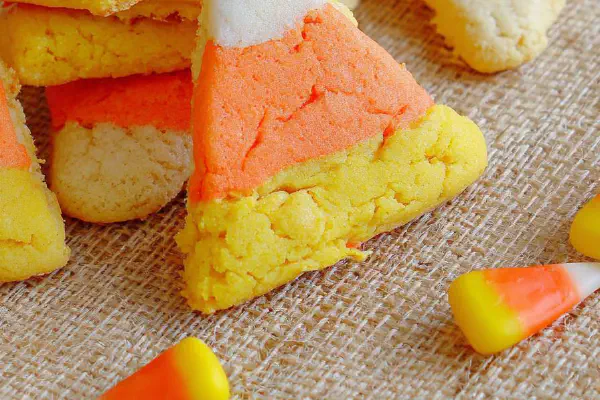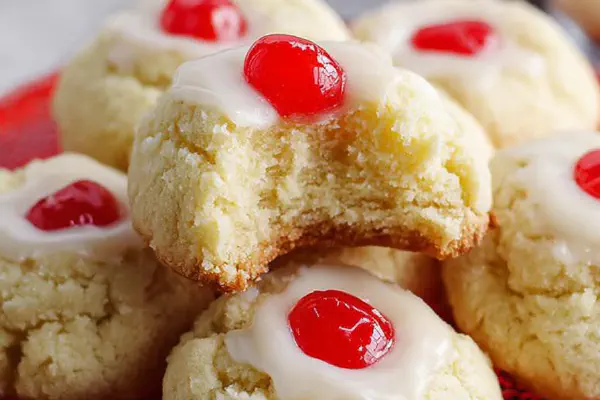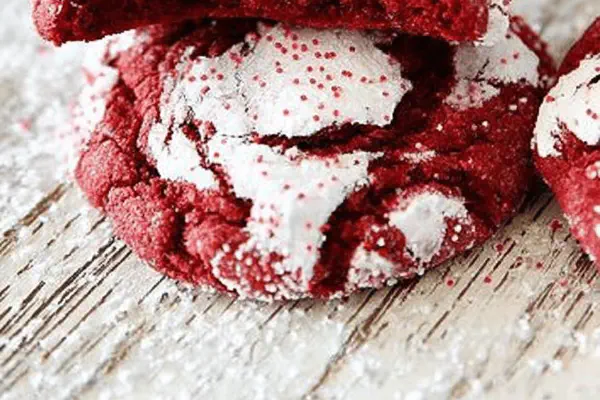Painted Easter Cookies

By Emma
Certified Culinary Professional
Ingredients
- 1 cup unsalted butter softened instead shortening
- 1 cup granulated sugar
- 1 large egg and 1 egg yolk rather than 2 whole eggs
- 1 teaspoon almond extract instead vanilla
- 1/2 teaspoon salt
- 3 cups all-purpose flour divided
- For icing:
- 2 cups powdered sugar
- 3-4 tablespoons milk adjust for consistency
- Optional: food coloring or natural powdered pigments
About the ingredients
Method
- Start with flour ready and surface lightly dusted. Dough sticks more than expected if neglected.
- Cream butter and sugar together until light and fluffy. Looks pale, almost whipped. Don’t rush or grittiness lingers.
- Add egg and yolk, beat again. Now almond extract, salt, then gradually add 2 ½ cups flour until dough starts pulling from bowl sides. Dough should be soft but not tacky.
- Turn out dough, knead lightly with remaining flour if too sticky. Divide into four parts, wrap each tight in plastic. Refrigerate minimum 90 minutes. Longer is better.
- Preheat oven to about 390°F. Don’t jump to 400 straight. Hot air circulation means watch closely.
- Roll one dough portion on floured board—dust hands instead of more flour or face tough cookies. Use cookie cutters, press firm but not too hard. Peel excess dough away gently.
- Place shapes on ungreased baking sheet with slight space. Bake 7 to 9 minutes. Edges show faint golden blush, surface matte but firm to touch, not glossy.
- Cool on rack fully before icing. Warm cookies melt glaze instantly.
- For icing, whisk powdered sugar with 3 tablespoons milk in small bowl. Adjust till slurry thick yet flowy enough to paint with brush. Need a texture somewhere between toothpaste and cream.
- Add colorants if you want. Use small paintbrush or toothpick for details. Let dry several hours or overnight for firm finish.
- If dough is too oily or sticky, flour crust or cool longer. Overbaking gives hardness, underbake makes soggy middle. Watch visual clues over timers.
- Butter swap ups richness and flavor but shortens shelf life and texture may be different if old butter used. Almond extract can be swapped with lemon zest or vanilla, but shifts profile.
- Icing can crack if applied thickly or dried too fast—thin layers multiple coats better.
- Keep leftovers airtight to avoid drying. If shelved too long, cookies turn crumbly and lose softness.
Cooking tips
Chef's notes
- 💡 Flour and surface prep first. Dough sticky? Dust hands lightly not too much flour or tough cookies. Refrigerate dough minimum 90 minutes wrapped tight plastic. Chilling critical to keep shape, firm up fat. Skip chilling, cutters drag, shapes blur. Divide dough into four for easier handling. Dough softness varies with humidity; add flour gradually till pulls from bowl sides but not stiff dry.
- 💡 Butter instead shortening ups richness but softens dough—don’t use melted or warm butter or greasy mess happens. Eggs swapped egg + yolk lowers fluff, raises tenderness. Almond extract swaps vanilla here; lemon zest alternative but flavor shifts. Salt balances sweetness; skip, cookies flat. Adjust powdered sugar icing thickness with milk; too thin runs off, too thick cracks. Use gels over watercolors for color fidelity. Paint several thin layers dries better than one thick coat.
- 💡 Oven temp near 390°F, not full 400. Hot air circulation means watch edges not clock ticks. Edges faint golden, surface matte not glossy signals done. Overbake, cookies get hard; underbake, soggy centers. Cool fully on rack before icing or warm cookies melt glaze instantly. If dough oily or sticky, chill more or dust flour carefully. Knead with remaining flour if sticky, but sparingly. Avoid flour overload—dry crumb results.
- 💡 Icing consistency key: thick enough to hold brush strokes but flowy to paint. Slurry thicker than toothpaste but less than cream. Colorant tiny amounts each layer; build up for smooth 'paint' effect. Use small paintbrush or toothpick for details. Dry several hours or overnight low humidity. Thick coats crack or peel. Keep leftovers airtight or cookie crumbly, dry fast. Cookies survive travel and rough handling well if stored tight.
- 💡 Divide dough into four chunks before chilling; unwrap one at a time to keep rest cold. Roll on floured board, dust hands not dough—too much flour toughens outcome. Use firm not hard pressure with cutters. Peel excess dough gently, avoid stretching shapes. Baking times flex by cues: edges soften gold, surface matte, touch firm not glossy. Watch dough texture when mixing; grainy means rushed; smooth means ready. Timing icing layers matters, patience avoids cracking.
Common questions
How to tell dough ready to roll?
Sticky but pulls from bowl. Not dry. Dust hands lightly more than flour on dough. Chill wrapped before rolling. Sticky dough tough to cut. Knead with flour bit if too wet.
Substitutions for almond extract?
Vanilla or lemon zest possible. Flavor differs. Almond subtle nutty. Lemon brighter. Vanilla smoother. Use same amounts. Adjust if strong flavor preferred.
Why do cookies crack after icing?
Glaze too thick or dry too fast. Thin layers multiple coats better. Icing thick cracks as it contracts drying. Dry long time airtight space prevents cracking. Humidity matters too.
Best way to store leftovers?
Airtight container crucial. Room temp short term fine. Refrigerate to prolong but can dry cookies faster. Freeze tightly wrapped dough or baked cookies. Avoid moisture or staleness. Warm cookies melt glaze avoid stacking.



